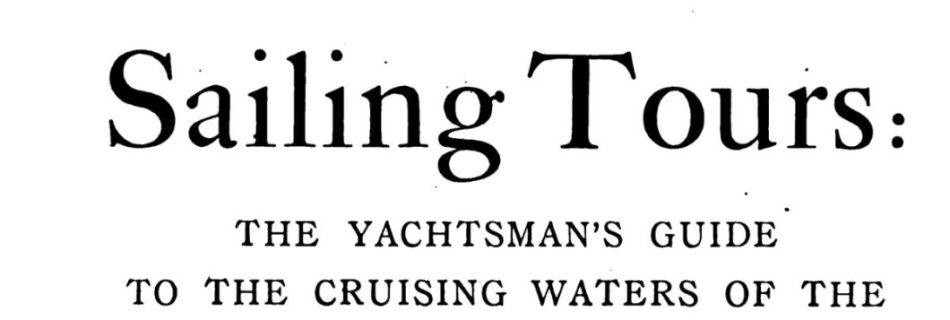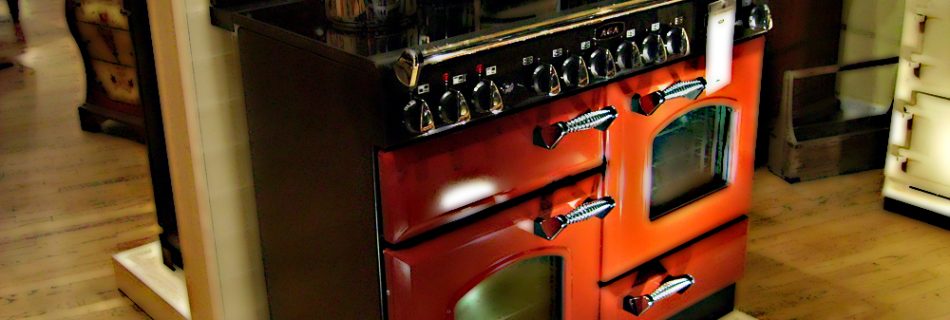1915 USNO England East Coast Pilot Harwich extract
Google Books Has a good description of shoals. Shows SHMs such as Cutler being Red Cones. Some good Middle Ground Buoys at Gabbard. 19 feet into Harwich. Submarine Bells Description of Deben. The coast . The coast from Orfordness trends southwestward for 3 miles and is a low shingle beach , from thence it curves to the southward for 2 miles to Orford Haven ; this forms Hollesley Bay . From the entrance to Orford Haven is a beach running 2 miles in a southerly direction to Boathouse Point , and from this point it runs southwestward for 2 miles to Bawdsey Cliffs . Orfordness and the coast for some distance to the westward is steep – to , but in Hollesley Bay and off Bawdsey Cliffs the 3 – fathom contour extends 0.6 mile seaward .The objects upon this coast which will be recognized are Crouch lifeboat houses , a small cluster of huts painted black and used only for fishing boats . Shingle Street , a cluster of cottages at the entrance to Orford Haven , and five martello towers between the haven and Bawdsey Cliff . The Colonial College , a large brick building with turrets and a flagstaff , close northeast of Hollesley , and just south westward of it is a large bare field that from a distance somewhat resembles Bawdsey Cliff , and Hollesley Church are prominent objects in the well – wooded background . A large white house among wood inland and to the northward of Bawdsey Cliff , a windmill at Alderton , and Bawdsey Church , with its broad stunted tower , are all plain objects . Coast guard.On the outer beach at 1.2 miles northeastward of Shingle Street is a small balck hut , with a flagstaff near it , the watch house of the coast guard , and at northeast extreme of Shingle Street is a large gray two – storied coast – guard house , with a flagstaff near it . Next to this house , there is a long , low , red building with a lookout turret in the middle . Martello Tower ( W. ) on Boathouse Point is East Lane coast – guard station , surmounted by a flagstaff , and the chimneys are whitewashed . Rocket stations . There are life – saving rockets at each of the above coast – guard stations . Bawdsey Cliff is of a reddish color and bears upon its face numerous marks of land slips . Bawdsey Manor , a conspicuous brick house , stands at the south west extreme of Bawdsey Cliff , and close eastward of it is a flagstaff . A glass house stands a short distance northeastward of the manor and is conspicuous in the sunlight . Bawdsey Sea Mark , an obelisk painted red and white in horizontal bands , stands near the northeast end of the cliff . Woodbridge Haven , or the entrance to the River Deben , is immediately westward of Bawdsey Cliff . The coast from the entrance trends southward for 4 mile to Tower T Point , from thence it assumes a south – southwesterly direction , and consists of cliff , alternating with grassy bank , for a distance of 1.2 miles to Felixstowe Point , when the high ground trends more westerly . From Felixstowe Point a low shingle beach extends 2.5 miles to the southwestward to Landguard Point , where it forms the eastern side of the entrance to Harwich Harbor . The golf pavilion , a white house , 600 yards southward of Tower T , and Felixstowe Hotel , surmounted by a clock tower , and standing on the cliff at Felixstowe , are conspicuous from seaward .
1844 The improved coaster’s guide, and Marine board examination, for the east coast
1892 Extract from Cowper on Deben
1892 – The Coasts of Essex and Suffolk by Frank Cowper – Extract Harwich area
Page 96 FROM THE COLNE TO HARWICH. …Trinity House. This serves as a land-mark, but will not be of any use to us, as its only advantage, beyond being a mark to tell ships out at sea what point of land they are off, is to clear the Longsand Head fifteen miles away out at …
Read more “1892 – The Coasts of Essex and Suffolk by Frank Cowper – Extract Harwich area”
Bouy lighting – Nobel prize
Lighting is a vital area and providing fuel or power has been a difficult problem. The oil-based systems, often using whale oil, for fixed and floating lights needed an operator present so were impractical. for buoys The first successful system was the Pintsch gas light which had been developed for railway lighting; this was trialled …

